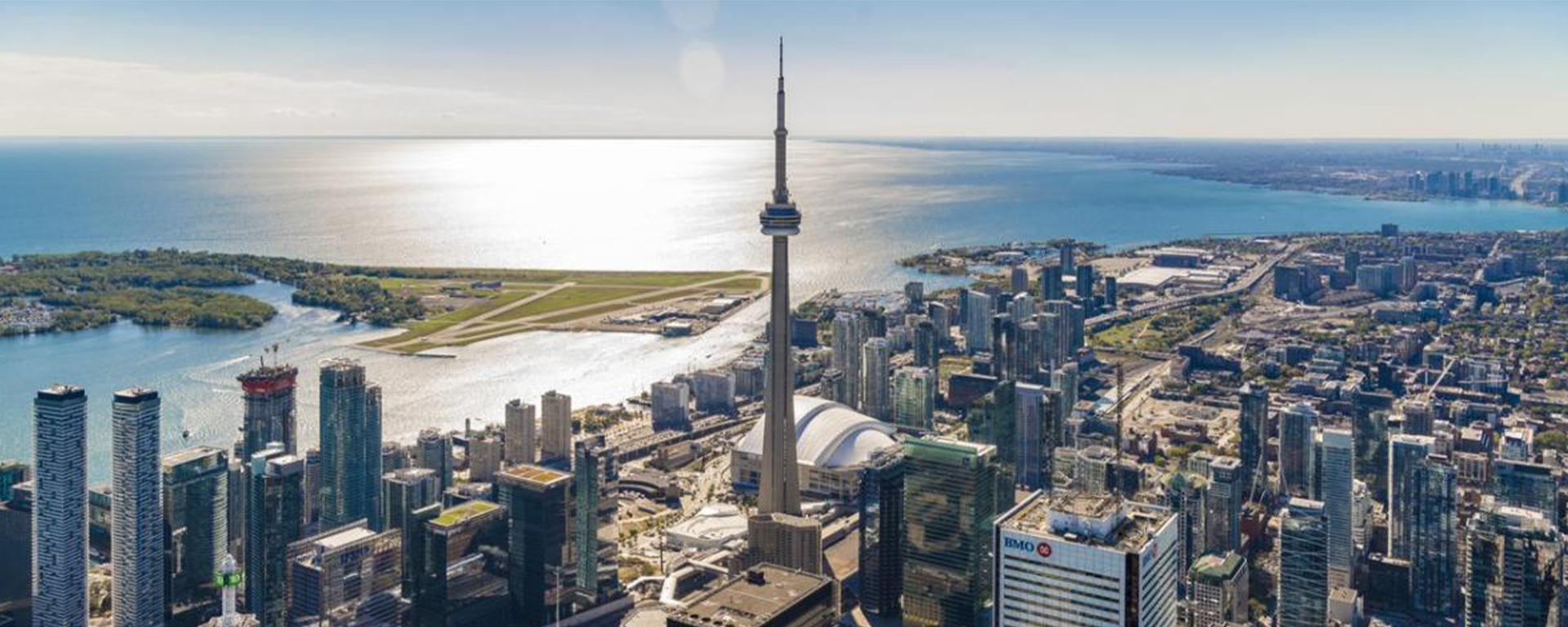
GTA Rents Rise by Fastest Pace on Record with Small Units Leading Growth
The GTA rental market strengthened considerably in the second quarter due to a reacceleration in population growth, near record-low unemployment, and a sharp reduction in home purchasing power as interest rates increased.
For the fifth consecutive quarter, rental demand outstripped growth in supply, causing market conditions to tighten significantly. Condo lease transaction activity in the second quarter remained close to the record high reached last year at 12,048 units, down by 6%, while the total volume of condo rental listings in Q2 declined 21% annually. Condo rental inventory dropped to a record low 0.3 months of supply and the quarterly ratio of leases-to-listings rose to a record high 90%. This led average per square foot condo rents to rise 5.9% quarter-over-quarter to a new high of $3.57 ($2,533), with annual rent growth reaching a record pace of 16.7%.
As the GTA rental market fully recovered from the effects of COVID-19 and rents reached new highs, the smallest and least expensive unit types experienced the strongest growth rates. After seeing rents fall the most during the first year of the pandemic as renters moved out of small spaces in the core, with rents down by as much as 24% for studios as of Q1-2021, studio and one-bedroom units recorded annual rent growth rates of 25% and 19%, respectively in Q2-2022.
However, when comparing rents in Q2-2022 to three years earlier, studios were still down by 1.0%. The largest gains in rents compared to three years ago were found amongst layouts with dens, up 6.4% for one-plus-dens and 9.4% for two-plus-dens, as renters sought extra space while working from home during the pandemic.
Vacancy Rates Fall to 1.4%
With rental demand flowing back into the core, vacancy rates in the GTA declined to 1.4% from 5.1% a year ago. As of Q2-2022, less than one-quarter (24%) of new purpose-built rental projects completed in the GTA since 2005 were offering incentives. This represented a sharp decline from the 45% share offering incentives during the previous quarter in Q1-2022 and a high of 88% seen one year ago in Q2-2021.
Rental Construction Stalls in Q2
As rental demand heated up, new construction almost completely stopped in the second quarter with a low of only 87 rental starts, down from an average of 1,916 starts during the preceding four-quarter period. This occurred while 1,263 new rental units began occupancy, resulting in the largest quarterly decline in total rental inventory under construction since Urbanation began tracking the data in 2015. However, at 18,976 units, the number of rentals under construction remained near a multi-decade high. Furthermore, long-term interest in purpose-built rental development continued to grow as the inventory of proposed rentals that have not yet started construction grew to over 103,192 units in Q2, up from 88,258 units a year ago.
“The GTA rental market was as strong as ever heading into the peak summer months, which is sure to place further downward pressure vacancies and upward pressure on rents. Although the drop in construction during Q2 may be partly attributed to data volatility, it was also likely impacted by quickly rising construction and development costs, long delays in obtaining approvals, rising borrowing costs and tighter lending conditions. With housing affordability at generational lows and continuing to deteriorate, it’s concerning to see rental demand and supply deviate so strongly.”